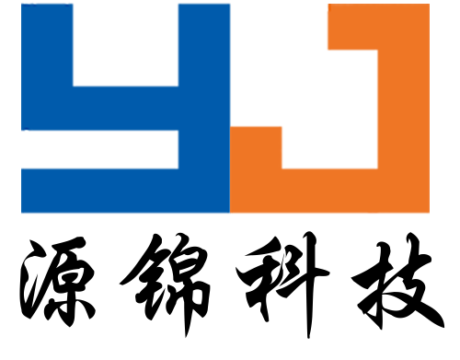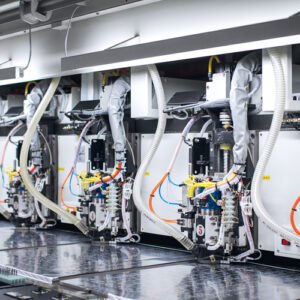Flexible circuit boards, also known as flex PCBs, have gained popularity in various industries due to their unique properties and advantages. These boards are made using a combination of different materials that allow them to be flexible, lightweight, and highly adaptable. In this article, we will explore the materials commonly used in flexible circuit boards and their specific roles in ensuring the functionality and durability of these boards.
1. Substrate Materials:
The substrate is the base material of a flexible circuit board, providing mechanical support and electrical insulation. The most commonly used substrate materials in flex PCBs are:
– Polyimide (PI): Polyimide is a versatile material that offers excellent thermal stability, flexibility, and resistance to chemicals and moisture. It is the most widely used substrate material in flexible circuit boards due to its high performance and reliability.
– Polyester (PET): Polyester is another popular substrate material, known for its low cost and good electrical properties. It is commonly used in applications where flexibility is not a primary requirement, such as in consumer electronics.
2. Conductive Materials:
Conductive materials are used to create the electrical pathways on flexible circuit boards. These materials allow for the flow of current between different components. The most commonly used conductive materials in flex PCBs include:
– Copper: Copper is the most widely used conductive material in flexible circuit boards due to its excellent electrical conductivity and cost-effectiveness. It is typically used as a thin layer of copper foil that is laminated onto the substrate.
– Silver: Silver is another popular choice for conductive traces on flexible circuit boards. It offers high electrical conductivity and is often used in applications where low resistance is critical.
3. Coverlay Materials:
Coverlay materials are used to protect the conductive traces on flexible circuit boards from environmental factors such as moisture, dust, and mechanical stress. The most commonly used coverlay materials in flex PCBs are:
– Polyimide Coverlay: Polyimide coverlay is a flexible and durable material that provides excellent protection for the conductive traces. It is applied as a thin layer over the circuitry and is typically bonded using heat and pressure.
– Liquid Photoimageable (LPI): LPI is a liquid photoimageable coverlay material that is applied as a liquid and then cured using ultraviolet (UV) light. It offers good protection and allows for precise positioning of the coverlay.
4. Adhesive Materials:
Adhesive materials are used to bond different layers of the flexible circuit board together. They provide mechanical stability and ensure the integrity of the board. The most commonly used adhesive materials in flex PCBs include:
– Epoxy: Epoxy adhesive is widely used in flexible circuit boards due to its excellent bonding strength and thermal resistance. It is typically applied as a thin layer between the different layers of the board.
– Acrylic: Acrylic adhesive is another popular choice for bonding flexible circuit boards. It offers good adhesion properties and is often used in applications where cost-effectiveness is a priority.
In addition to these primary materials, flexible circuit boards may also incorporate other materials such as solder masks, solder resist, and surface finishes to enhance their functionality and protect the components from environmental factors.
In conclusion, flexible circuit boards are made using a combination of different materials that work together to provide flexibility, electrical conductivity, protection, and mechanical stability. The choice of materials depends on the specific requirements of the application and the desired performance of the flex PCB. By understanding the different materials used in flexible circuit boards, manufacturers can design and produce boards that meet the needs of various industries and applications.



